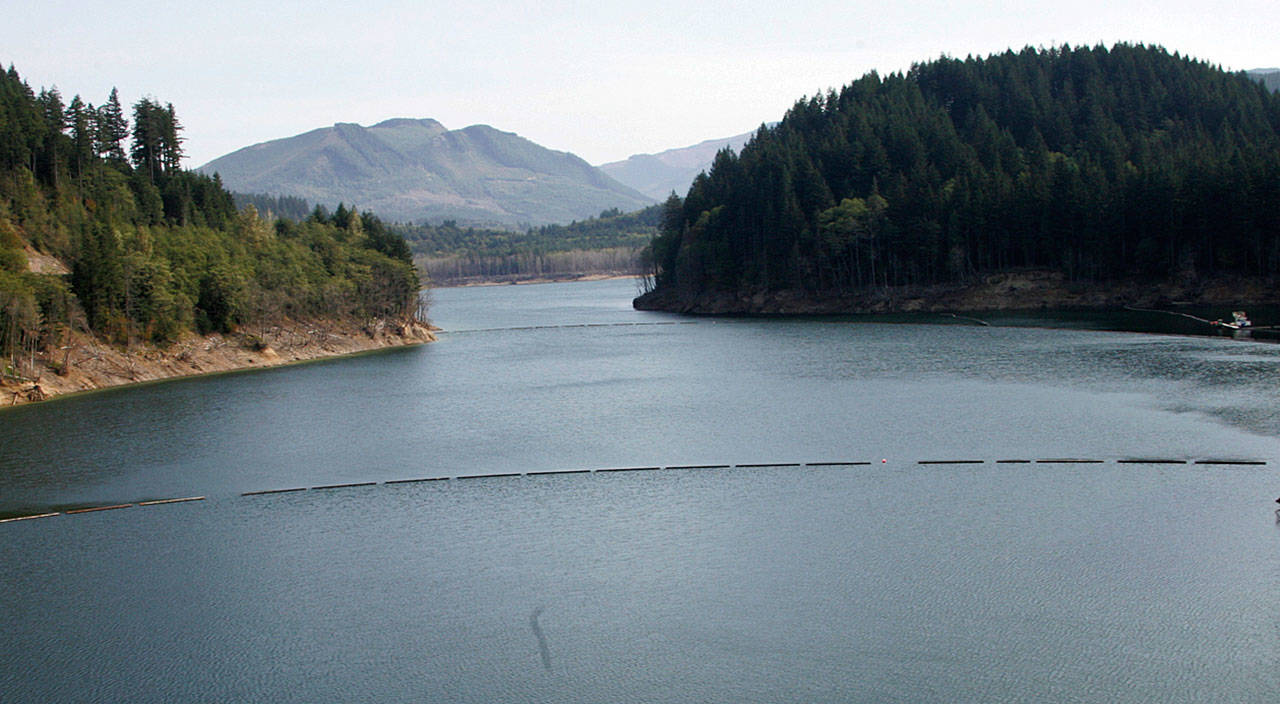Despite all of the winter rain, the Green River won’t be flooding anywhere so far in Auburn.
While flood fighters from the Seattle District, U.S. Army Corps of Engineers, are providing materials and assistance in the Skagit, Nooksack and Snohomish river basins in Western Washington, there’s no work for them in the Green River basin.
The Corps’ reservoirs behind Howard Hanson Dam on the Green River and Mud Mountain Dam on the White River are empty ahead of the expected storm, according to a Corps news release Friday. Howard Hanson Dam is about 21 miles east of Auburn.
Seattle District crews are working to extend the length of a previously constructed buried rock trench to reinforce the upstream channel bank along the Skagit River in the Town of Lyman. The temporary work to reduce flood risk posed by erosion adjacent to some of the town’s critical infrastructure started Friday and is estimated to run 24 hours a day through the weekend.
A flood team is also supporting efforts by Diking District 12 in the Skagit basin to place rock to protect infrastructure at Strawberry Point near Burlington.
Seattle District has provided sandbags and supersacks to Whatcom County and the City of Ferndale in the Nooksack basin, delivered sandbags to the city of Sultan in Snohomish County and delivered two pumps and supersacks in Skagit County along with sandbags to the city of Hamilton in the Skagit basin.
The Army Corps website describes what Howard Hanson Dam, which began operating in 1961, does to protect the Green River Valley and the cities of Auburn, Kent, Tukwila and Renton.
“The dam spans Eagle Gorge, a ravine with nearly vertical rock walls. A reservoir behind the dam collects excess runoff from 220 square miles of the 483-square-mile Green River drainage area. During winter the reservoir is kept nearly empty and the river flows through a gate-controlled tunnel at the dam’s left abutment. After storms, the tunnel gates control the flow by holding excess water in the reservoir and releasing it in quantities that stay within the capacity of the downstream channel.
Water in the reservoir is released as soon as possible to make storage space for the next storm runoff. This cycle of holding and releasing flood water is repeated as often as necessary. If an extreme flood situation should occur, water can be released over the spillway through two gates, preventing overflow of the dam. Use of the spillway has not yet been required.”
The probability of flooding greatly diminishes by March, and the dam begins its second major function – water conservation. The reservoir is allowed to fill gradually, and the water collected is used to augment low flows during summer seasons. This assures a sufficient water level for successful fish migration and spawning, while enhancing sport fishing for steelhead trout, and coho and chinook salmon on the Green River and in Puget Sound.”
The dam, however, isn’t expected to be able to handle a major rainstorm, so the King County Flood District has led the way to spend hundreds of millions of dollars to improve Green River levees.
The dam does not provide the protection initially thought, so there became a need for improved levees, according to the city of Kent Public Works Department.
While the dam was designed to provide 500-year flood protection, an updated study in 2012 determined it provided 140-year protection. The new levees are constructed to provide 500-year flood protection as well as better fish habitat.



